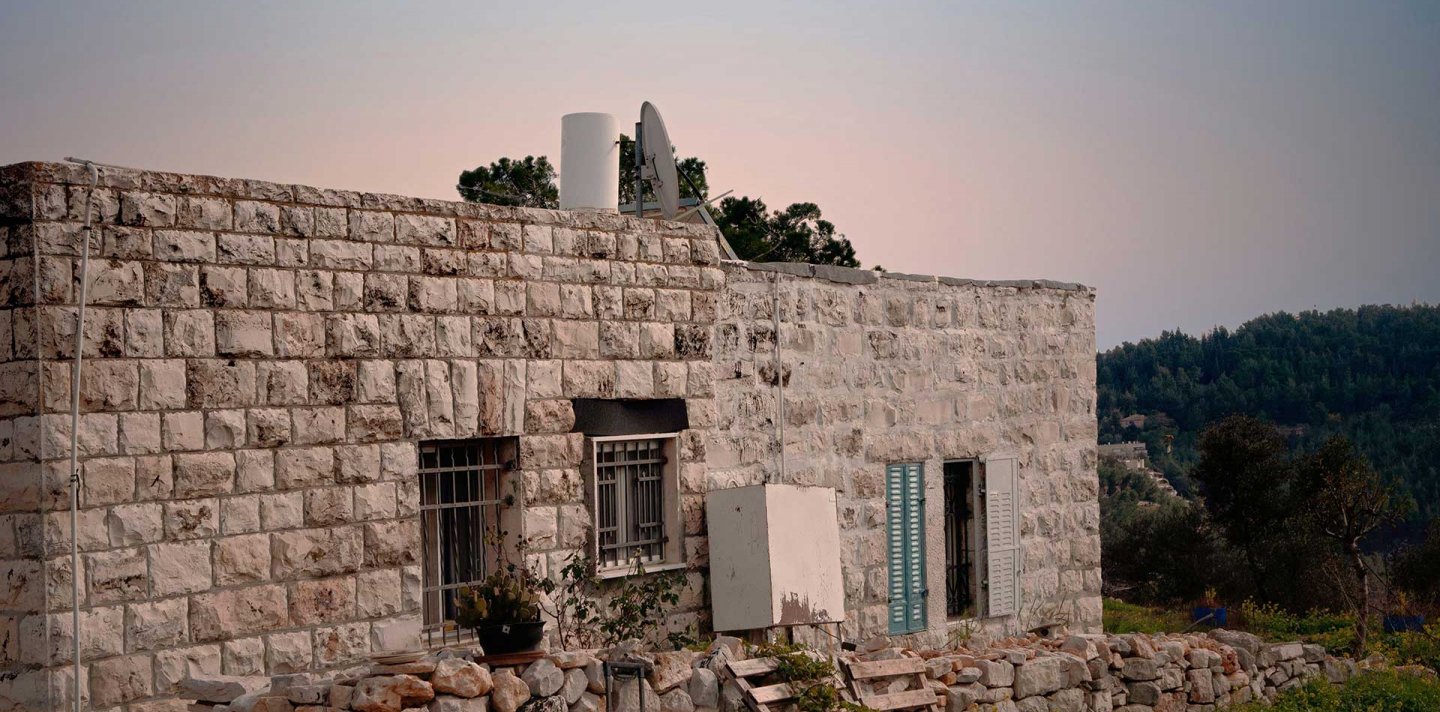I am seventy years old. We had a very nice house in Deir Yassin.
Before 1948, my father had a cement block factory. We also used to work on stone, breaking the stones.
We had much land before 1948. It was divided into plots. Some plots had olives. Other plots had fresh figs, almonds and grapes. One plot was where we used to work breaking the stones.
Deir Yasin was a small village outside Jerusalem. Before the massacre, we had 650 individuals from the youngest to the oldest. Deir Yassin was high and it was surrounded by alleys in which there were other villages. The Israelis came through the valleys from all sides and they surrounded Deir Yassin. They came with tanks and with automatic weapons.
You must understand what type of weapons we had. We had an Italian rifle, an old British rifle, and a German rifle. They were single shot. They could not defend a village. We asked the British government for better weapons. They gave us six British “parachute” rifles. The clip on each was ten bullets. What could ten bullets do?
About twenty of us from Deir Yassin were working as house servants for the British army at the Allenby Barracks, nor more than two kilometers from Deir Yassin. We heard the news on the radio that the Zionists were attacking Deir Yassin. I, personally, went to the officer in charge of us and told him, “We have heard that the Jews have attacked our village. We’re going.” He said “Goodbye. Go.”
I went to a village, Ein Kerem, that was in a valley below Deir Yassin. I found my uncle in Ein Kerem and I asked him, “Where is my father?” He said my father was killed. “Where is my mother?” She was killed. “My brother?” He was killed also.
My sister was in her own house. She had six children. They did not see much because they were hiding at the time of the invasion. They were very, very scared. They came out at night from the lower floor and walked a few steps. The Israelis had already tied dogs to all the different corners of the village. As soon as the dogs saw them, they started barking. My sister and the children hid against the fence for a time. There was one narrow back road from Deir Yassin to Ein Kerem that was left open, and so they were able to come to Ein Kerem.
When the Israelis first came, the resistance that they found consisted of about one hundred young men. Those hundred young men were taken and shot. Until this day, we don’t know where they buried them. Others whom they saw in the street were snipered down. They did not distinguish between pregnant and not pregnant, holding a boy or holding a girl: whoever came before them, they killed. The first people that heard the gunshots, if they were lucky, fled. Of the Zahran family—the mother, the father, the brother, the child, the entire family—not one part of their family tree remains.
After there was no more resistance in town, the Israelis brought buses and took the remaining residents of Deir Yassin and Ein Kerem to a place in Jerusalem near the Italian Embassy, next to where the Russian Compound [al-Moskobiyya] is today.

